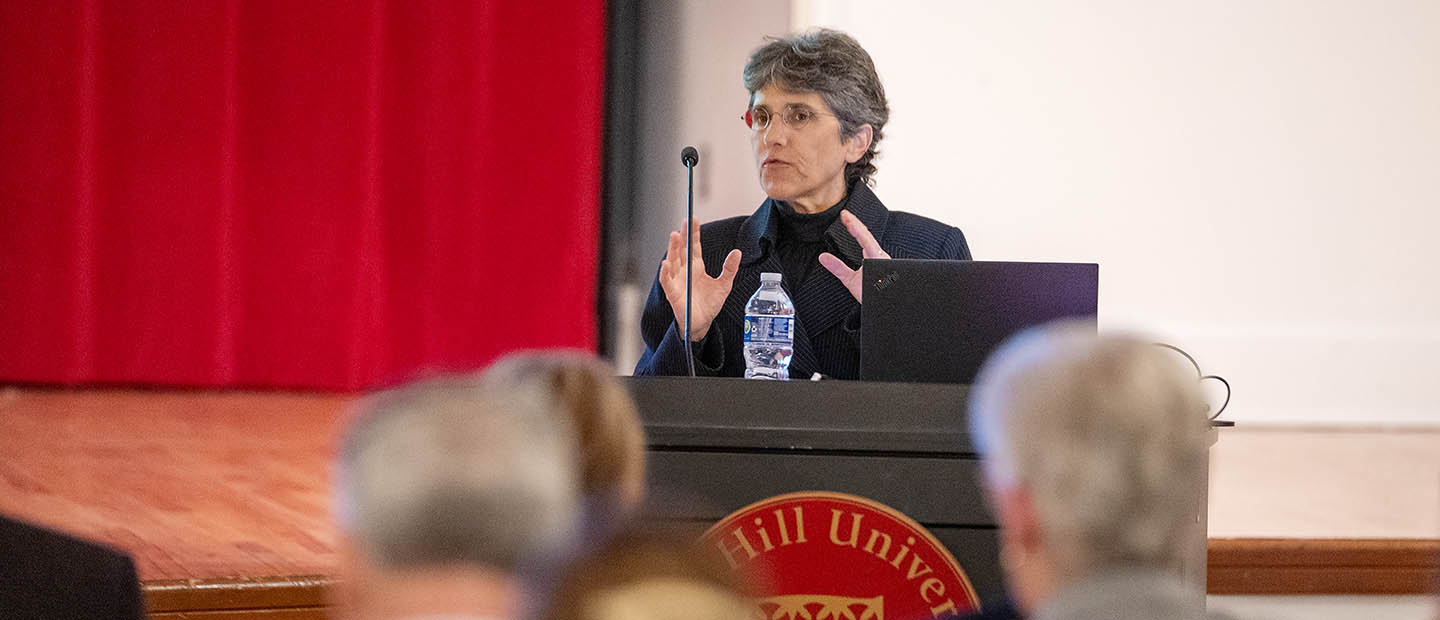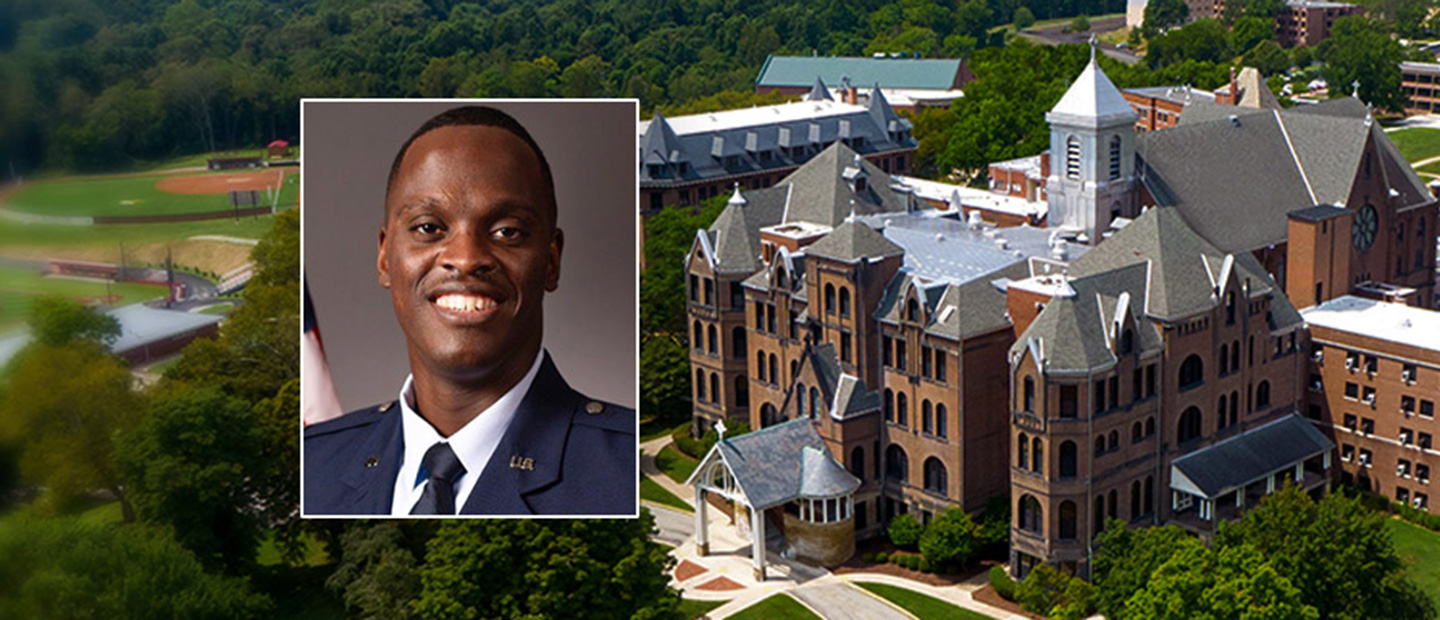Seton Hill Assistant Professor Brett Aiello Co-Authors Study Published in the Journal Nature
A series of hallway conversations led to interdisciplinary collaboration and now a research study with Seton Hill University assistant professor of biology Brett Aiello as co-first author – along with colleagues in physics and engineering – that was published recently in Nature, the world's leading multidisciplinary science journal.
The study took a look at how ultrafast wingbeats in insects evolved, related the conventional and ultrafast modes to underlying physics phenomena, and shared their research with engineers at University of California, San Diego who were able to apply this new mode of flight to a small flapping robot.
“I’m very fortunate and grateful for our team across institutions. This was not a solo effort,” Aiello said. “Textbooks will be rewritten because of this paper.”
Four groups of insects have broken the “speed limit” of traditional muscles by evolving a way to decouple neural commands and muscle contractions. While historically it was thought that these insects evolved ultrafast flight independently because of the distance between the groups on the evolutionary family tree, new research from the Georgia Institute of Technology, the University of California, San Diego (UC San Diego), and Seton Hill University shows that they evolved from a single common ancestor.
The research group at UC San Diego built winged robots that could transition between the two modes, showing how insects have been able to switch back and forth so easily over evolutionary time. The researchers’ simulations and robotics models show that both modes could actually be part of the same dynamical system and demonstrate that evolution has repeatedly turned on and off this particular mode of flight, a discovery which will change biological textbooks.
“It's that type of interdisciplinary research that is super important for finding these deep, robust understandings of the natural processes that govern animal movement,” said Aiello, “and how we can implement that into a robotic system.”
Aiello and his fellow researchers chose the hawkmoth for the study of synchronous and asynchronous evolution because today’s moths use synchronous flight but research shows that its ancestors used asynchronous, or ultrafast, flight. They sought to determine whether signs of asynchrony can be observed in the hawkmoth muscle and discovered that hawkmoths still retain the physical characteristics of asynchronous flight muscles – even if they are not used. The finding of asynchronous muscle characteristics in the synchronous flight musculature of a hawkmoth suggests they inherited these characteristics, supporting the evolutionary conclusion that synchronous fliers did evolve from a single common ancestor that possessed asynchronous flight muscle.
While Aiello appreciates that he has published groundbreaking research, he is also aware that he has a unique opportunity in time because of the advent of new technology that did not exist when previous scientific knowledge was being established.
“It’s exciting that we are able to use today’s technology to revisit and investigate ancient questions that were thought to be solved,” Aiello said.
Aiello joined Seton Hill’s faculty in Fall 2022 and was published in the Proceedings of the National Academy of Sciences in April for his research on the mudskipper and the evolution of blinking, much of which had also taken place at Georgia Tech.
Aiello, a native of Youngstown, Ohio, earned his undergraduate degree in zoology from Miami University in Oxford, Ohio; his master’s degree in biological sciences from Youngstown State University; and his Ph.D. from the University of Chicago, where, he said, he began to recognize the importance of major transitions in the history of animals.
Aiello conducted post-doctoral work in a physics lab at Georgia Tech where he brought techniques from that discipline - which is heavy in math - in order to apply them to uncover new and creative ways to answer biological questions.
Aiello is currently working with his undergraduate students at Seton Hill to further investigate the different ways in which insect wings have evolved and be able to apply those findings to future winged robot designs. They plan to publish a paper on their findings in the fall of 2024.
In addition to Aiello, the research team includes James Lynch and Nick Gravish, University of California San Diego, and Jeff Gau, Ethan Wold and Simon Spoonberg, Georgia Institute of Technology.



